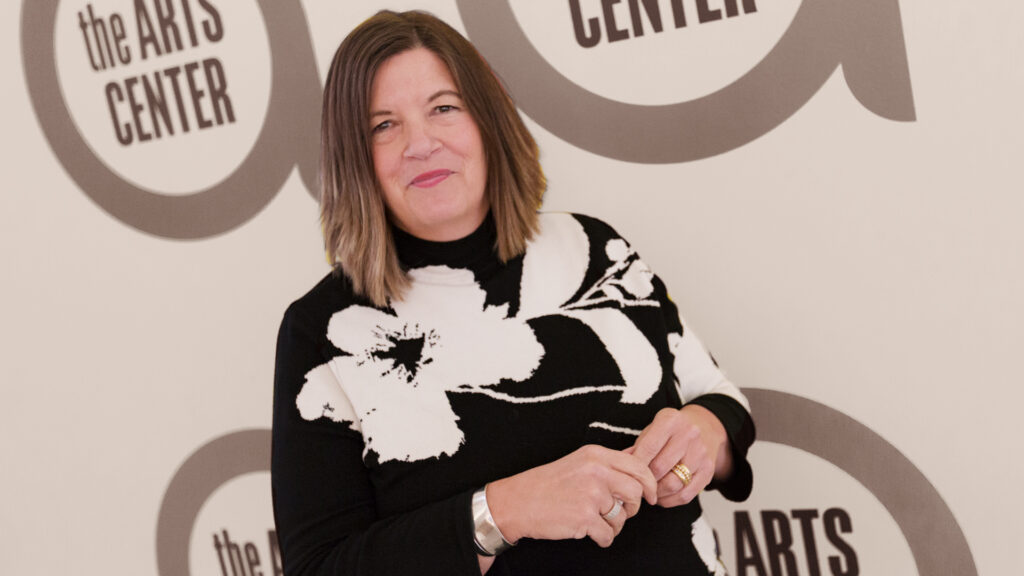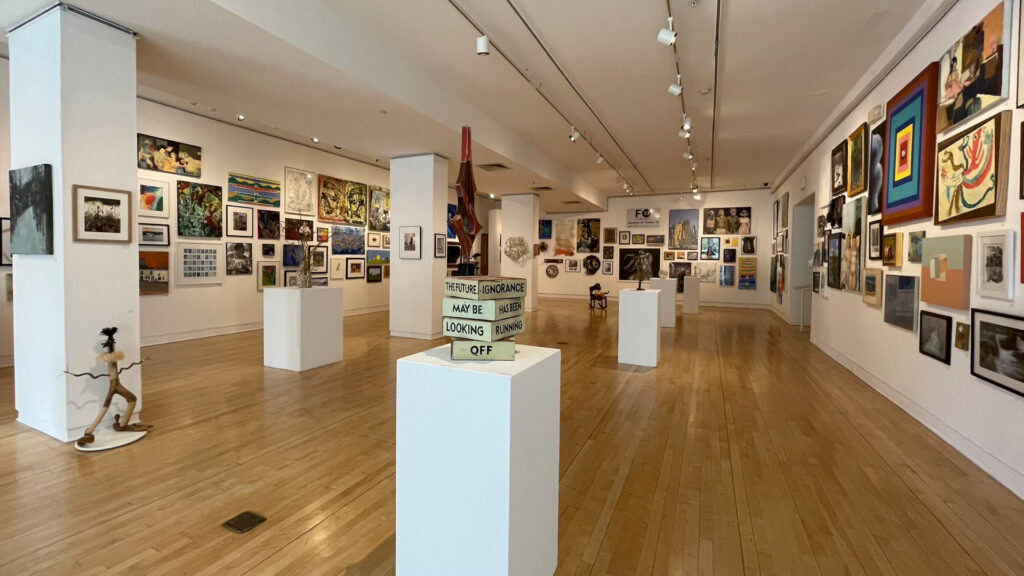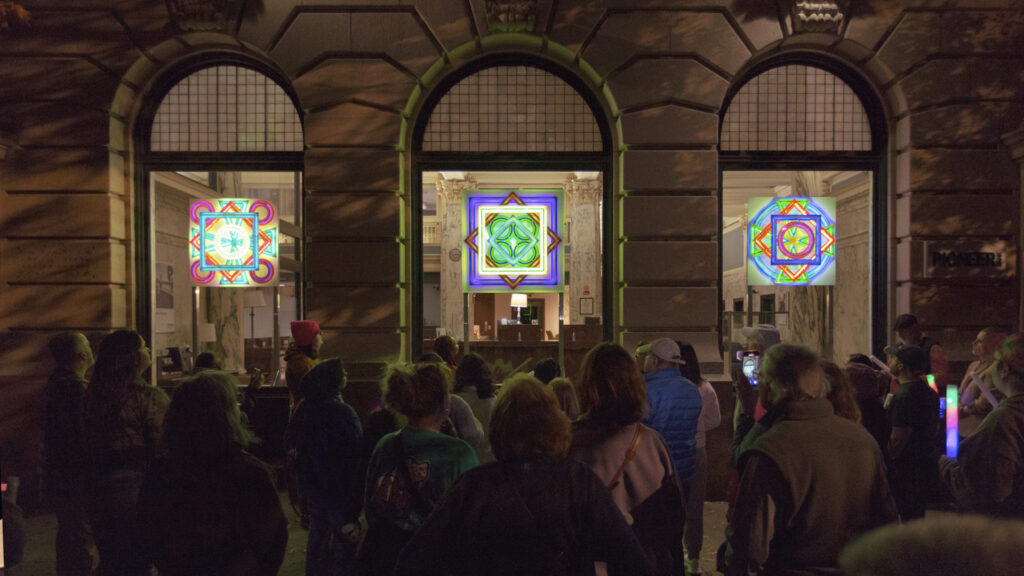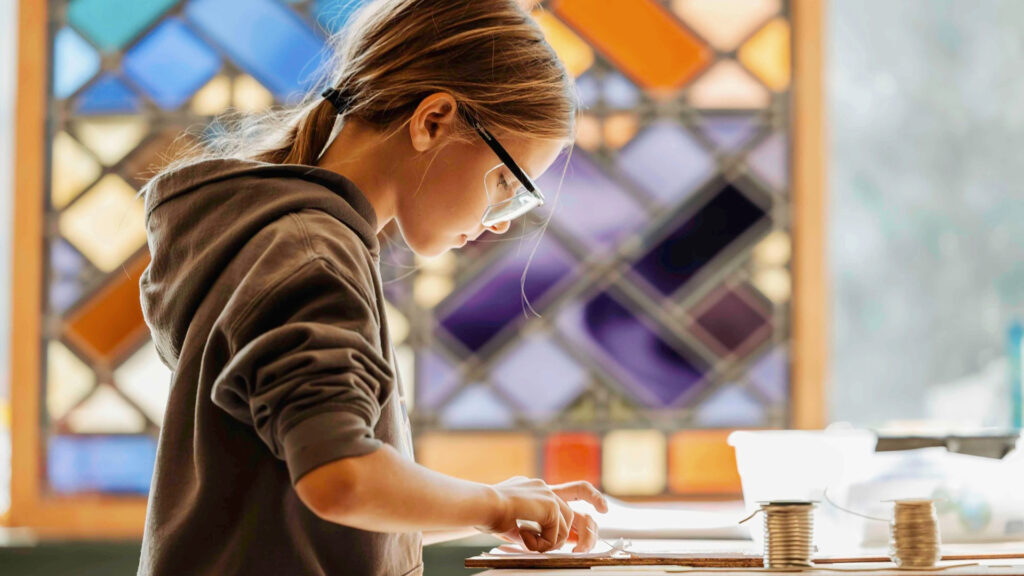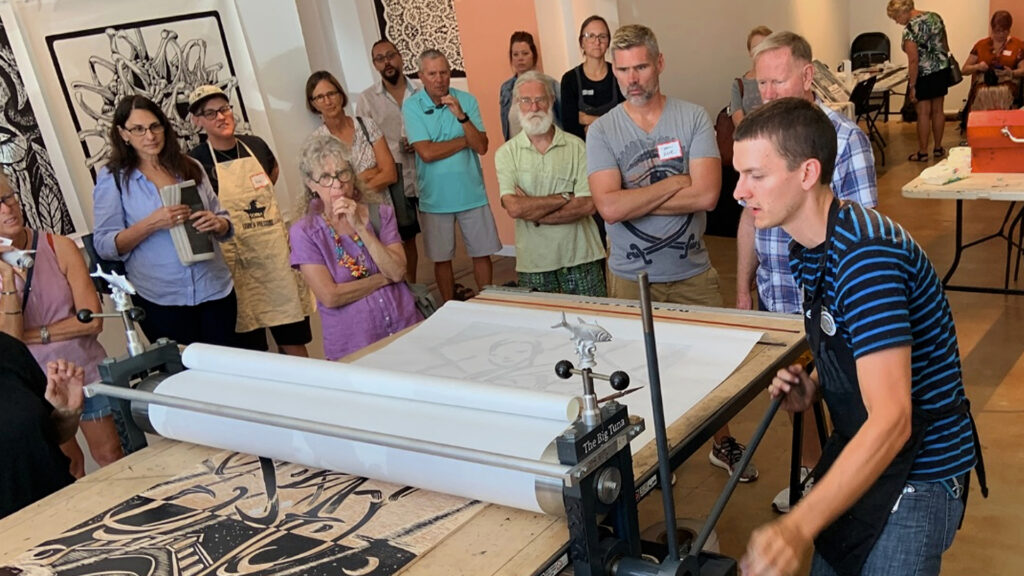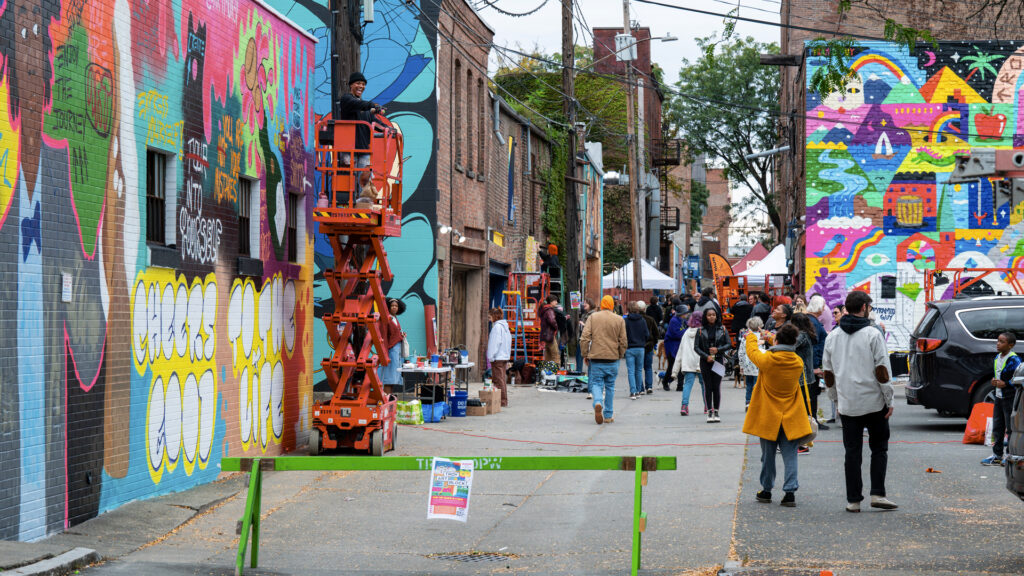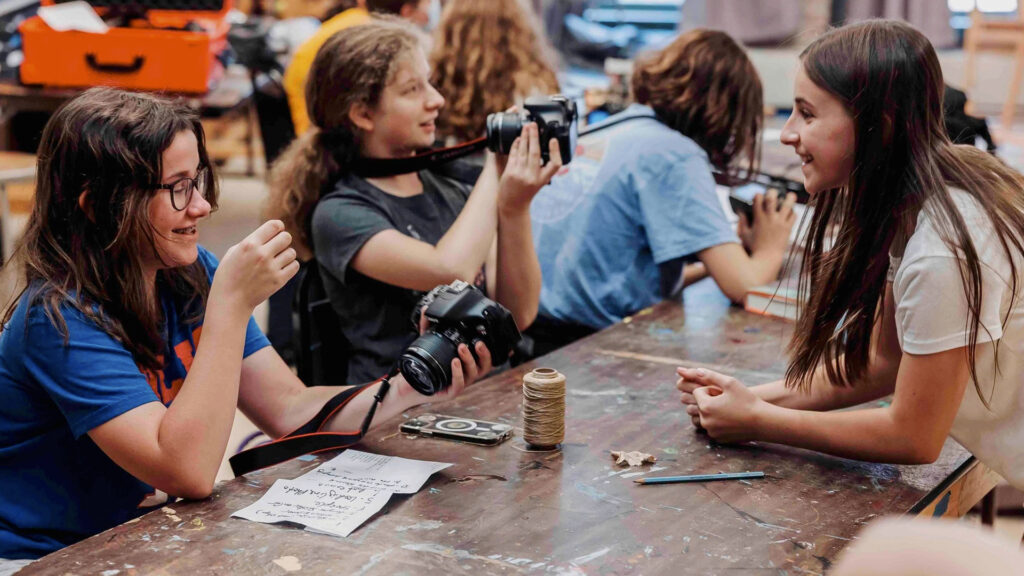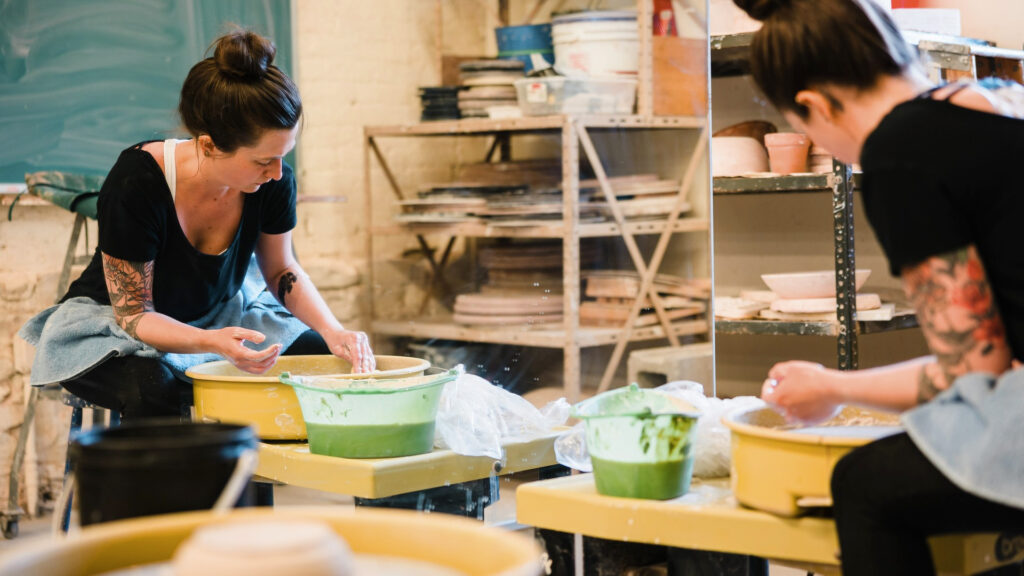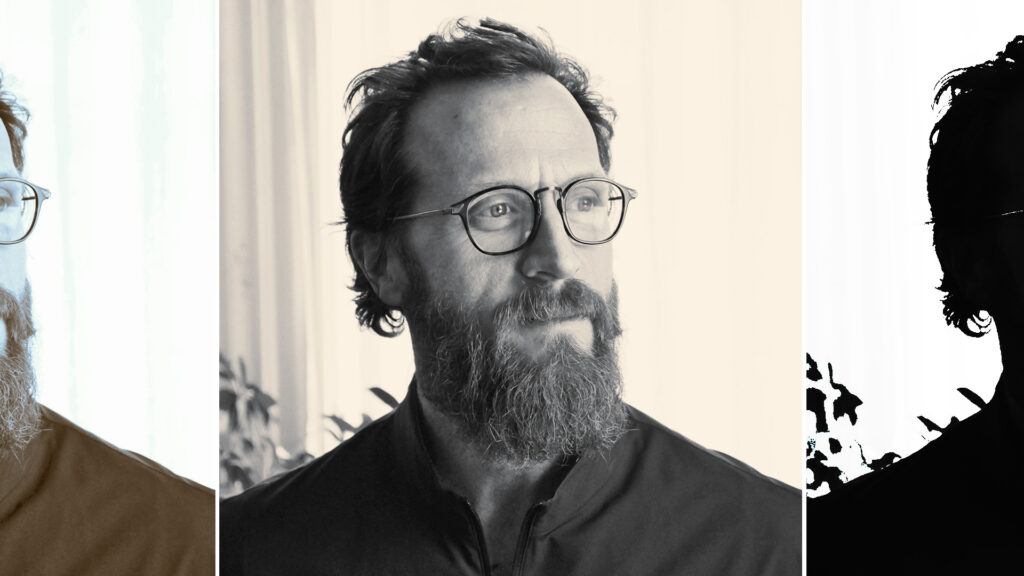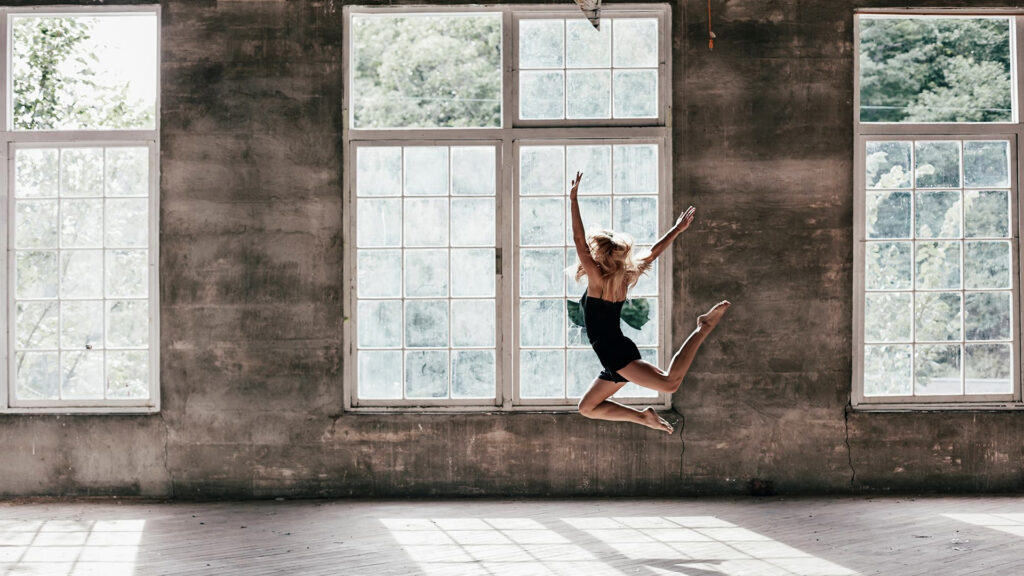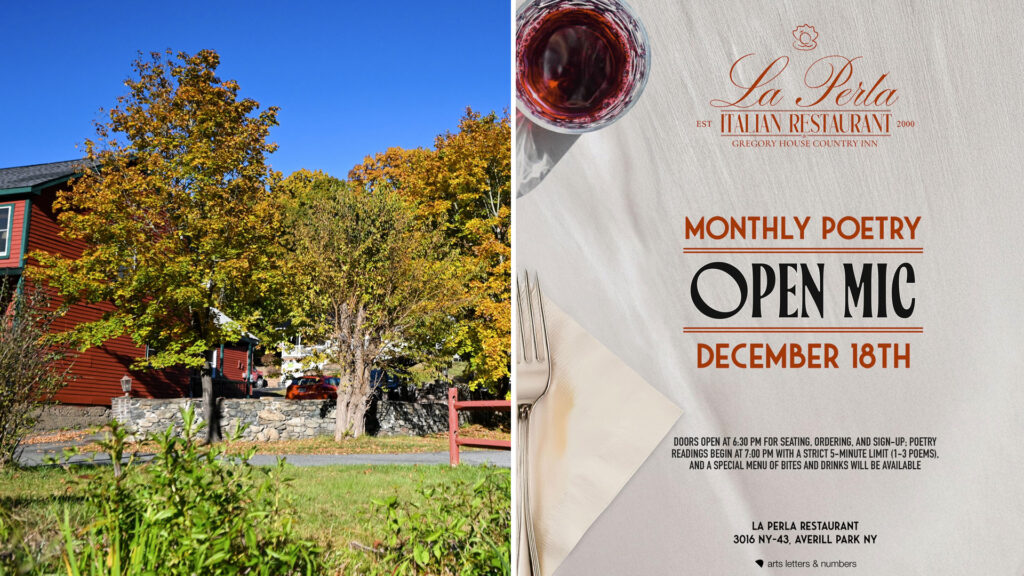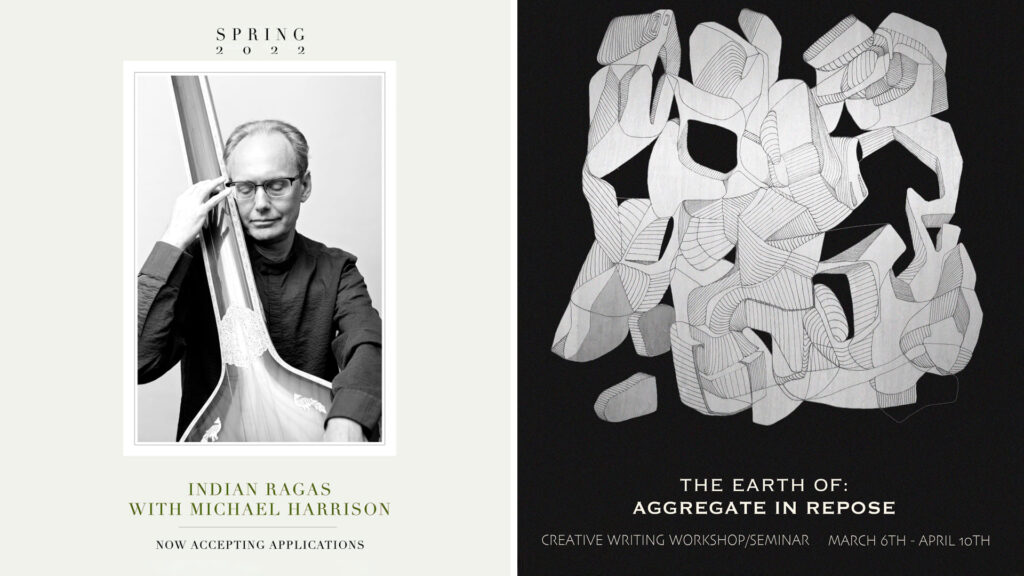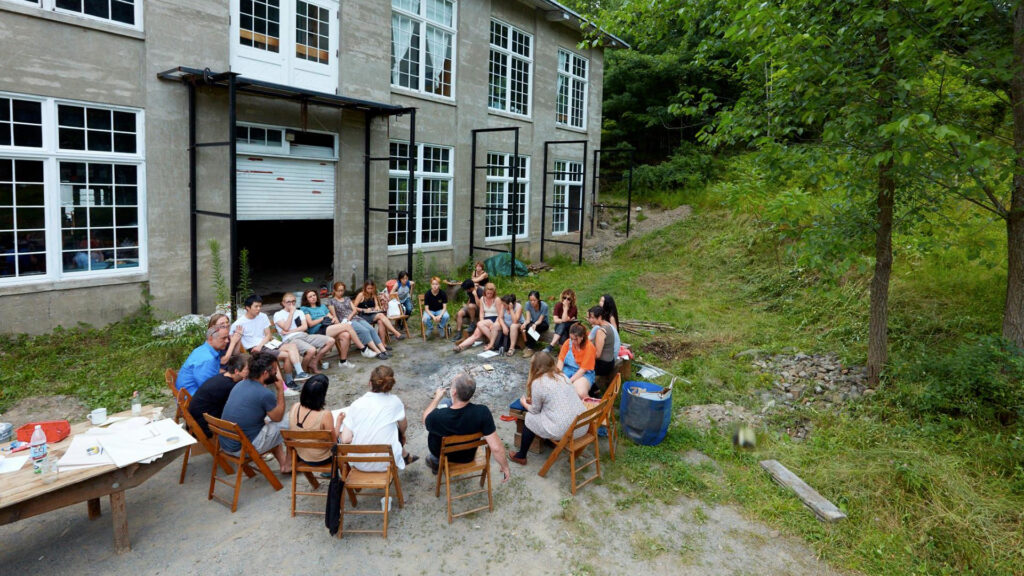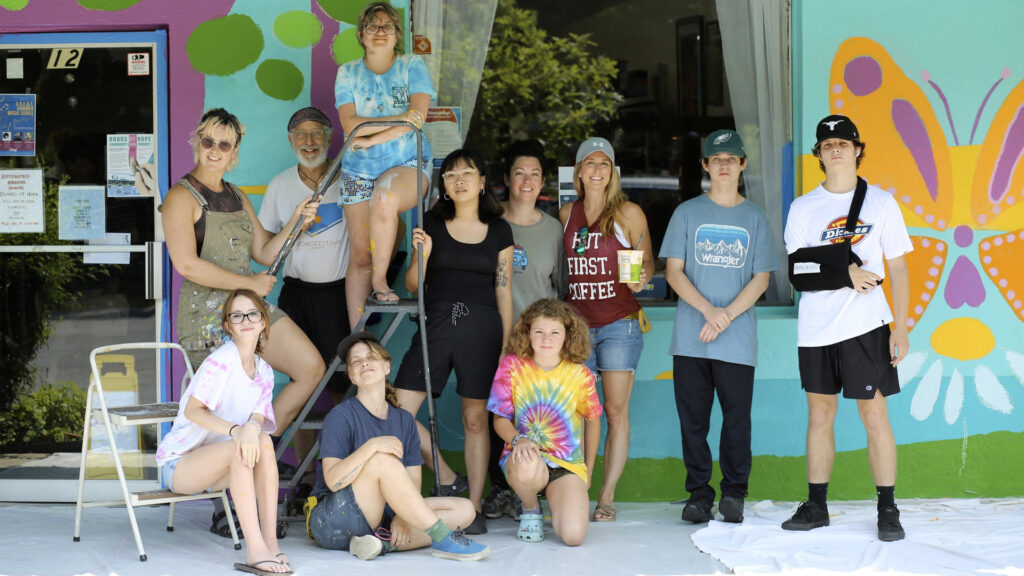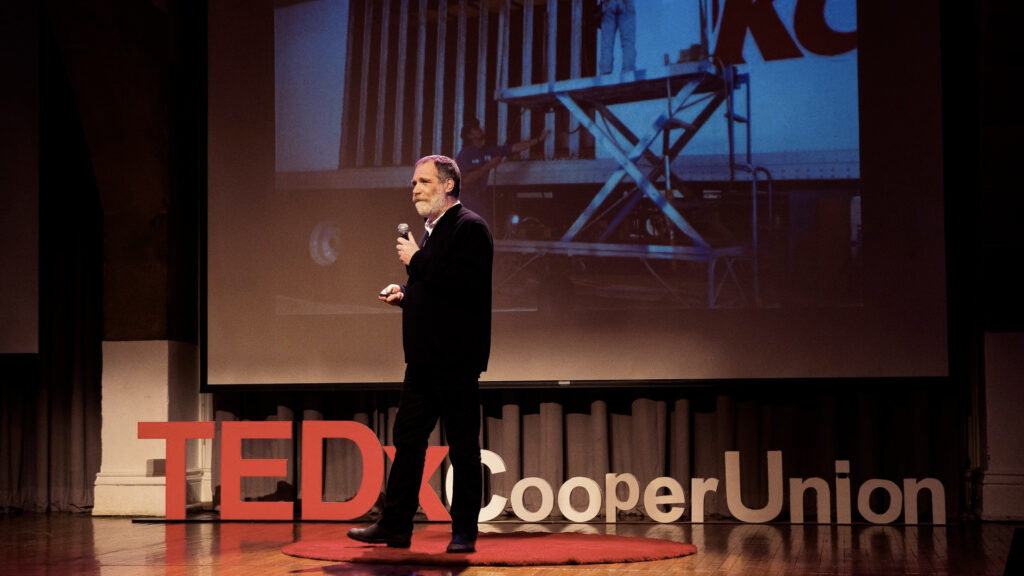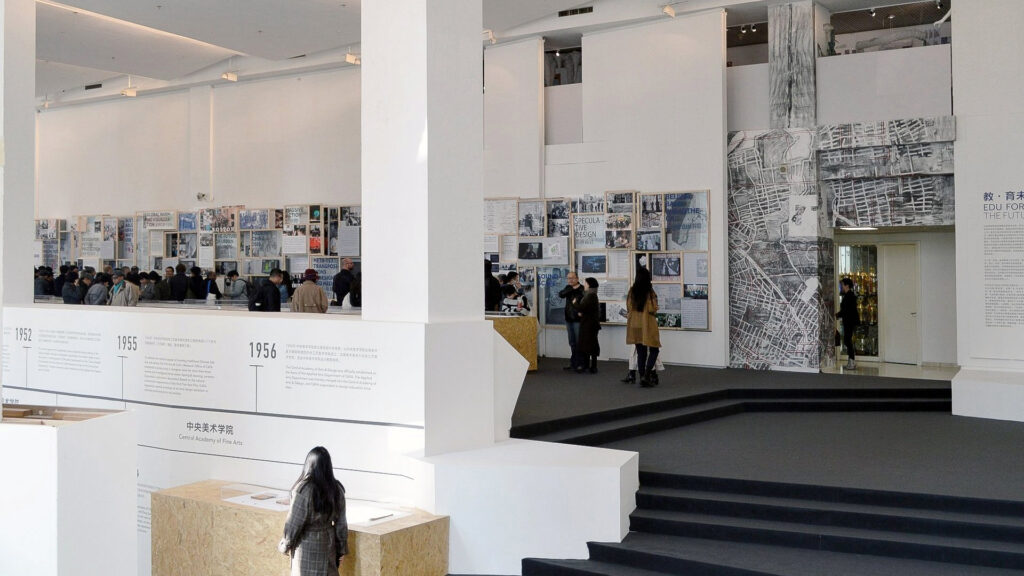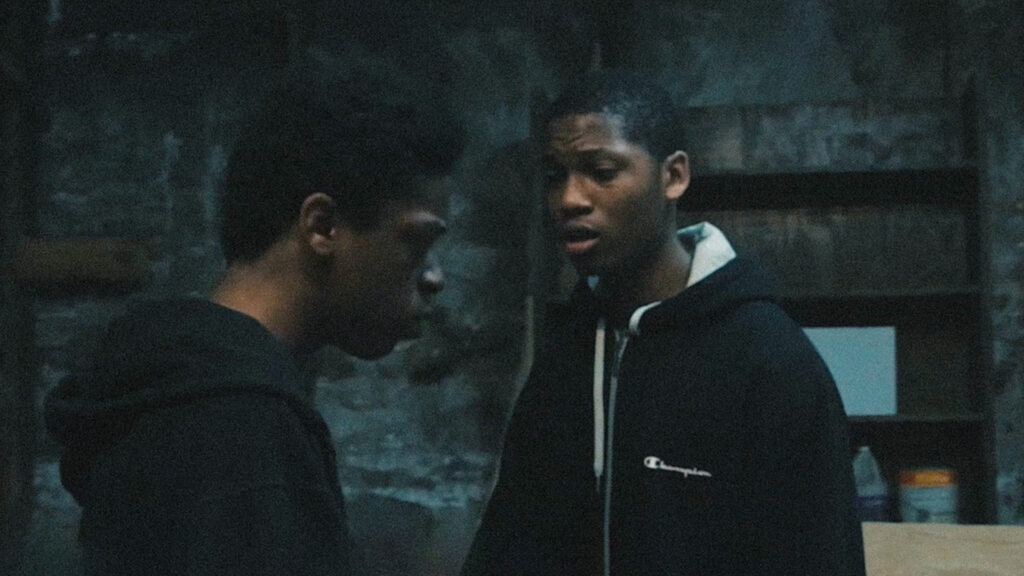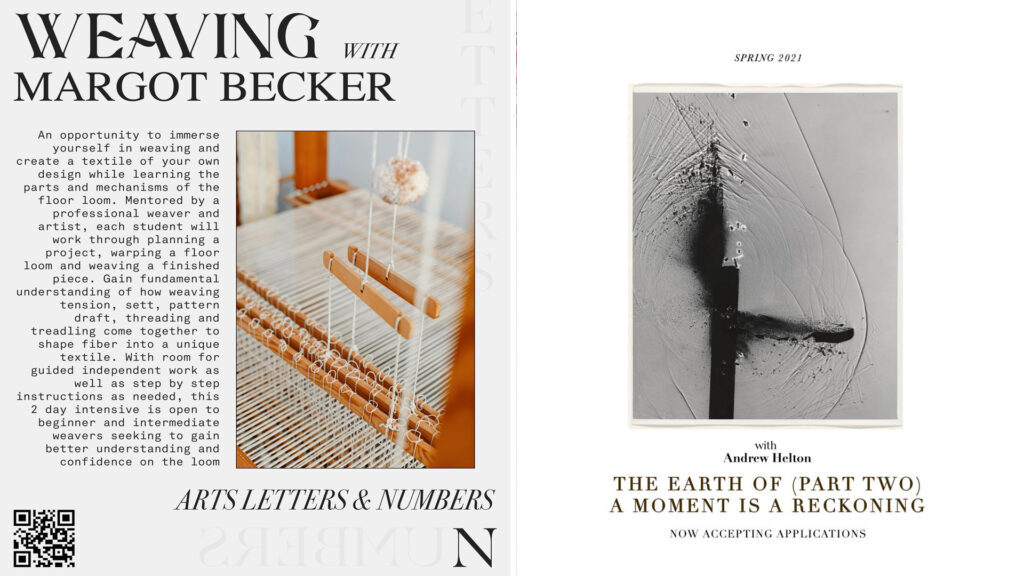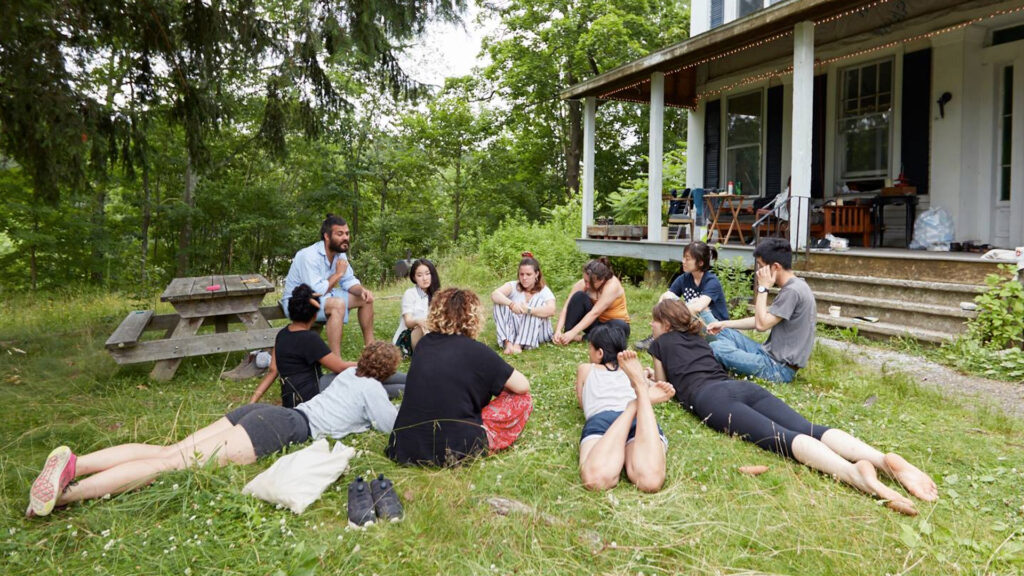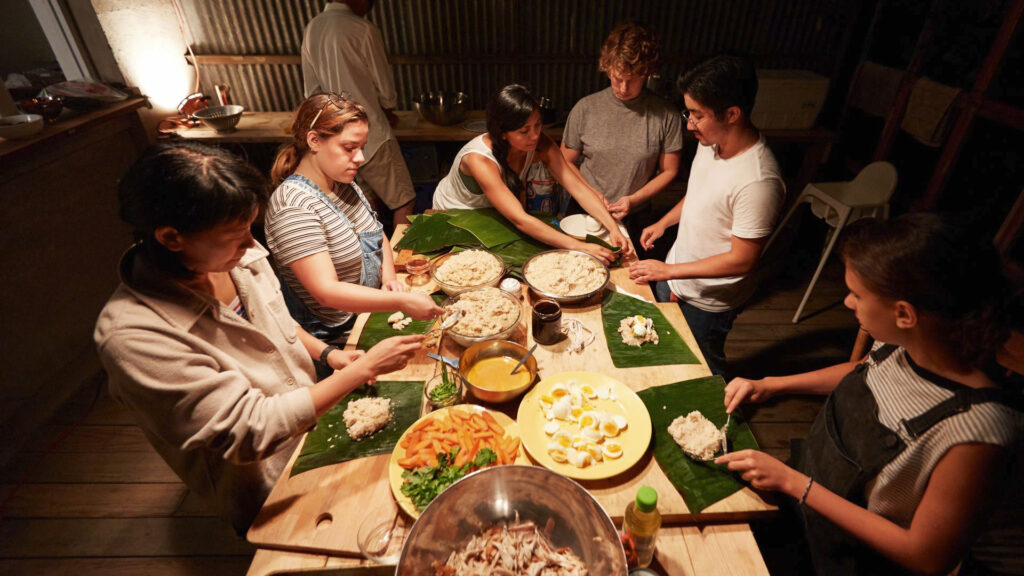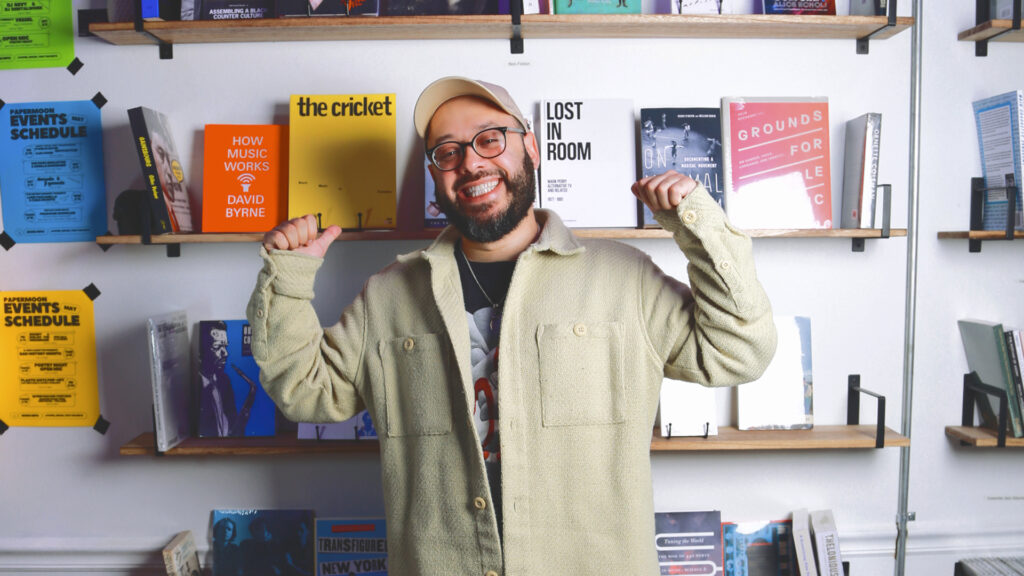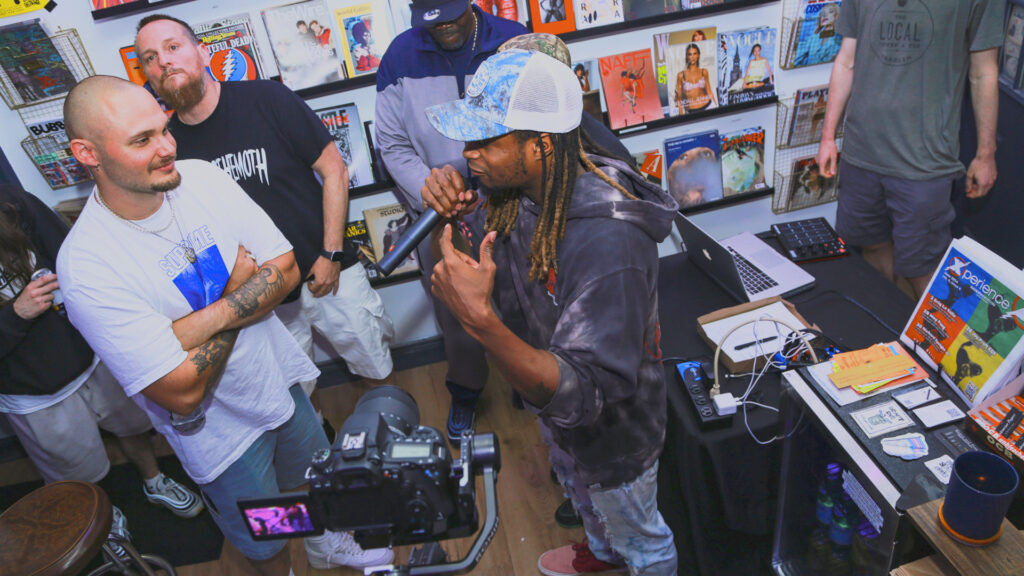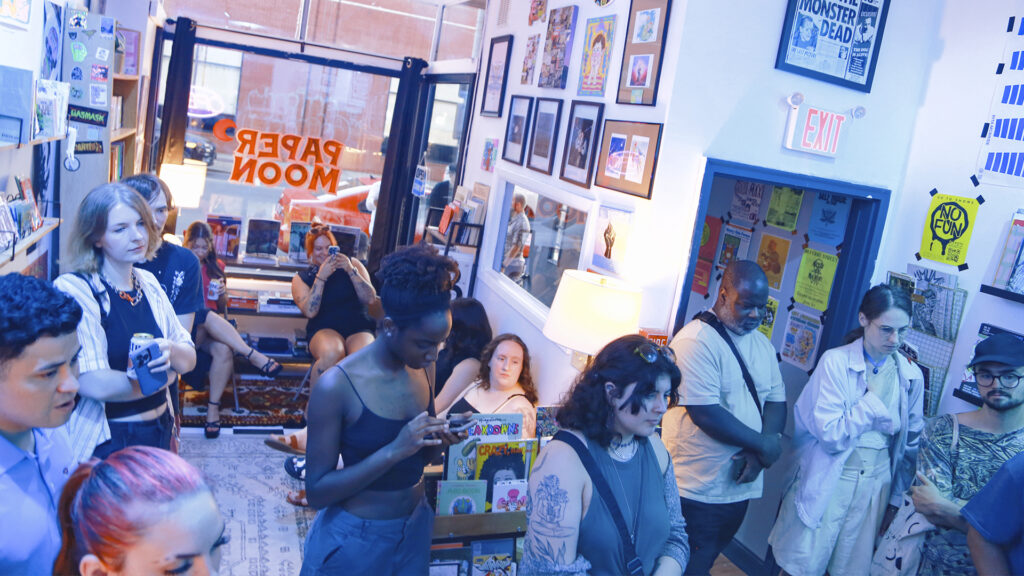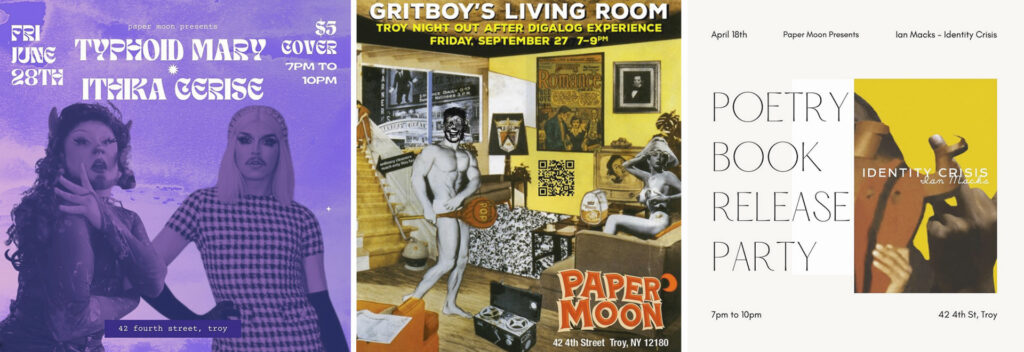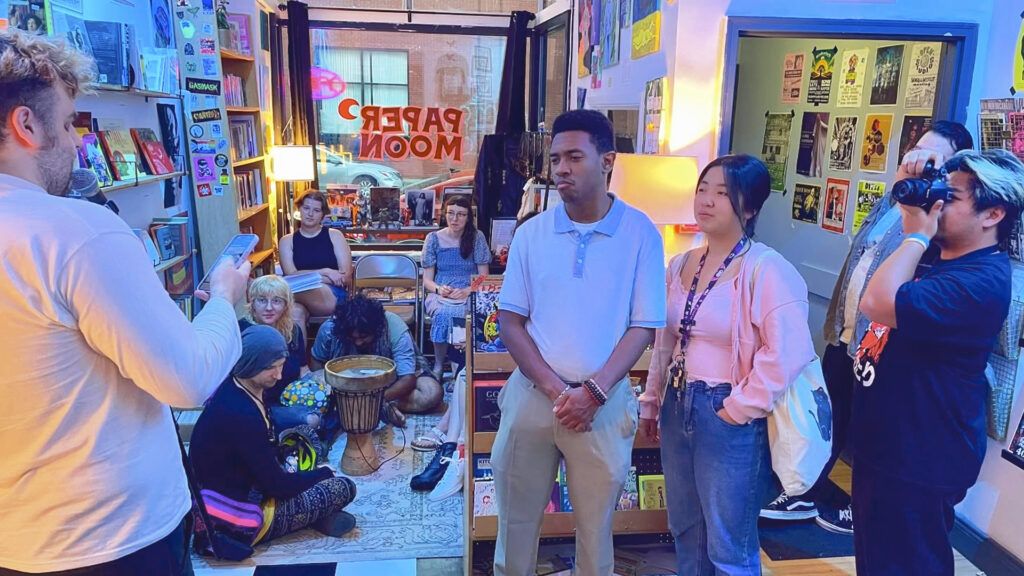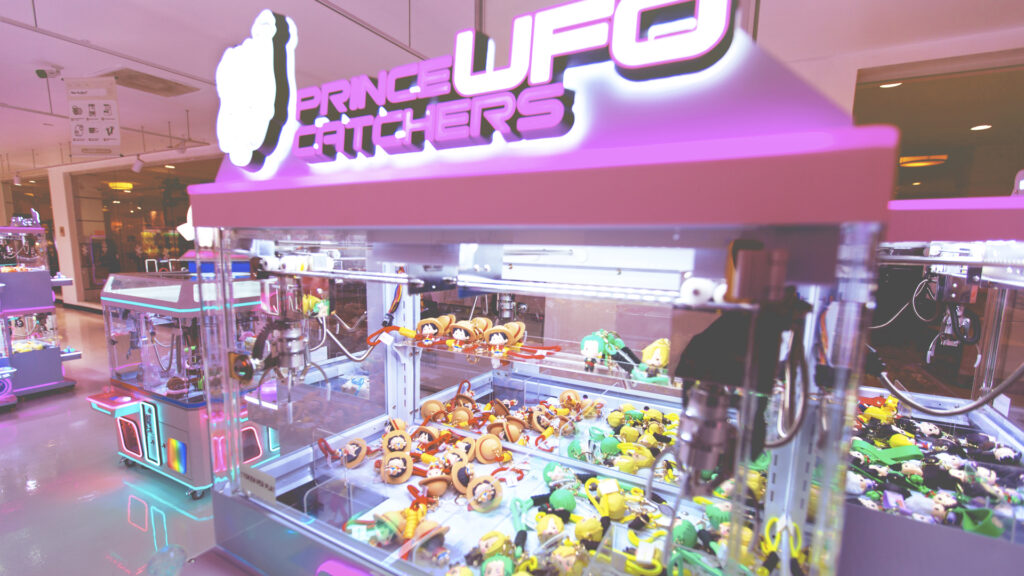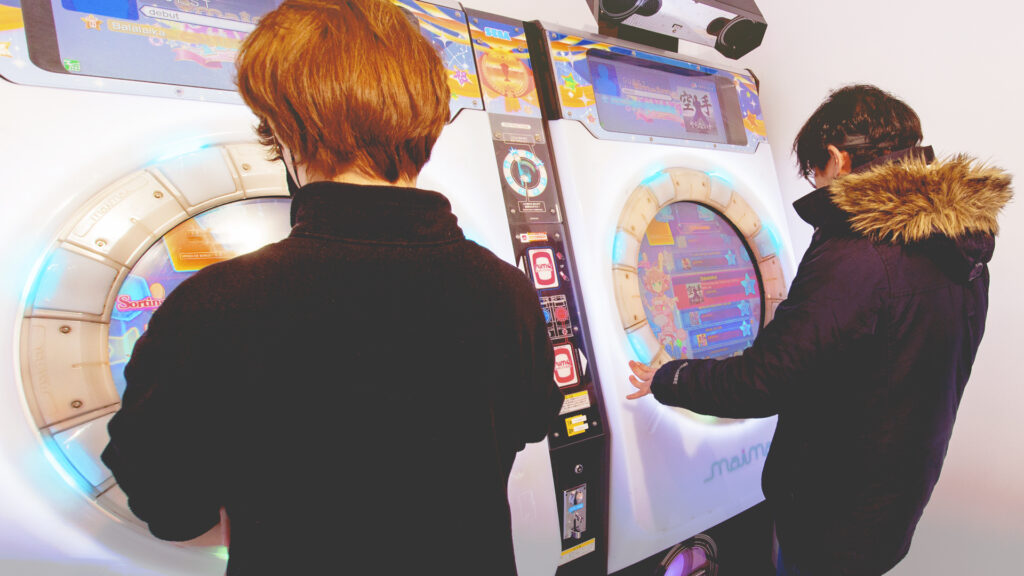I met Jessica Lubin (Good Karma Studio) last year as part of my interim leadership gig at the CCIAC (Contemporary Circus and Immersive Arts Center) for the 2024 season. She took down the big top tent for a student showcase and ended up with an overflow crowd and sold out show. This woman owned, for profit business sits at the crossroads of holistic health and the performance arts. Jessica’s programming rides the forefront of new understandings regarding the value of integrating creative arts as a tool in physical wellness and mental health.

Please state your name, company and title. Feel free to elaborate a bit about your story, the how you got here…its a good one.
My name is Jessica Lubin and I am the Owner / Founder of Good Karma Studio, Good Karma Entertainment and Good Karma Hypnotherapy.
I graduated from University of Rhode Island with an early childhood education degree and moved to NYC in 2001. After 1 year, I realized that in-classroom education was in fact not inspiring to me. I took my creative passion and landed a job in the jewelry industry / diamond district for the next 8 years. It was glamorous, exciting, and fulfilling…yet too corporate for me.
A lover and devoted practitioner, yoga was a huge savior for me during some really challenging times in my life. It helped keep me grounded amongst the hustle and busyness of the city and a demanding corporate job. One of my greatest teachers during my 10 years living in NYC admired my serenity and slight obsession with inversions. (You could always find me in a headstand at the back of the room after class!)
“Have you been to this new, ‘floating yoga‘ from a swing?” he asked. In one visit… I was hooked!
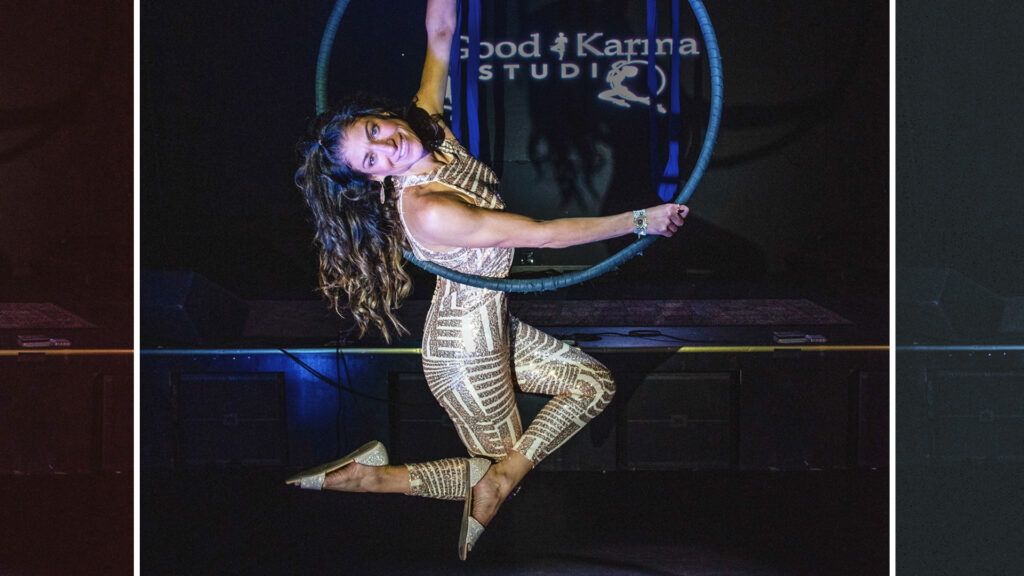
When I decided to leave the city, there was no doubt in my mind I wanted to become a yoga teacher. Like most, I thought I had to follow the ‘plan‘ of life. Graduate, get a job, get married, have kids…but that just wasn’t me. I wanted to travel & explore. I was scared but I took the leap spending time internationally specifically in Guatemala and India. You don’t know your own strength until you’re backpacking through India and the train breaks down in a small village where no one speaks a word of English…HA! When I moved back to my hometown of Albany, I wanted to give others the chance to heal through yoga. Many people are afraid to try aerial yoga specifically, but find that it’s actually extremely accessible. I have worked with students who are blind, deaf, and amputees. I love instilling confidence & bravery while giving people the opportunity to overcome their fears.
In 2011 I opened Good Karma Studio. In 2013, Good Karma expanded to two studios within one building. Then in 2018, another expansion creative the Capital Regions only aerial, circus arts, and yoga school. With three studio spaces in one building, we began to offer OMazing classes seven days a week for everyBODY, age, and ability.
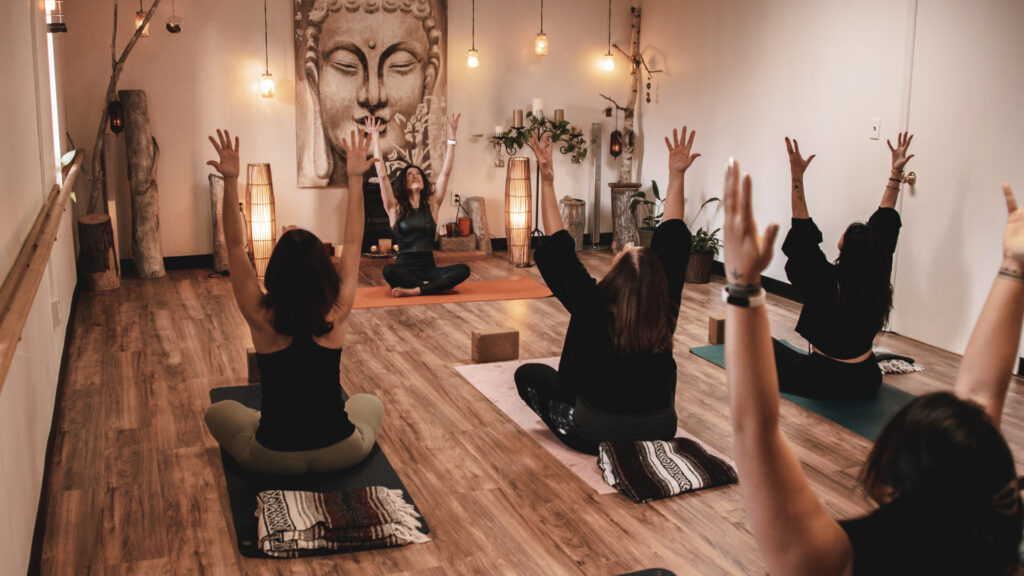
Your business is at a cross section of wellness-based practice (Yoga) and entertainment (Circus Arts). What made you decide to combine the two and how do they synergize each other?
Combining the wellness-based practices of yoga with circus arts is a creative and powerful fusion! Both disciplines are deeply rooted in movement, mindfulness, and body awareness. They each offer different dimensions of experience and expression. Yoga, with its focus on breath, balance, and flexibility, helps individuals cultivate mental clarity, physical strength, and emotional well-being. It’s about grounding, alignment, and finding inner peace. Circus arts, on the other hand, are thrilling, dynamic, and often push physical limits, requiring agility, coordination, and creativity. They have an inherent element of performance and playfulness.
When combined, they create a unique synergy that offers the best of both worlds. Yoga can enhance circus performers’ flexibility, balance, and focus, allowing them to execute complex routines with precision. Circus arts, meanwhile, bring a sense of joy, creativity, and exhilaration, reminding individuals that wellness doesn’t always have to be serious or quiet — it can also be fun and filled with wonder.
Together, they provide a holistic approach to fitness, mental clarity, and creative expression.
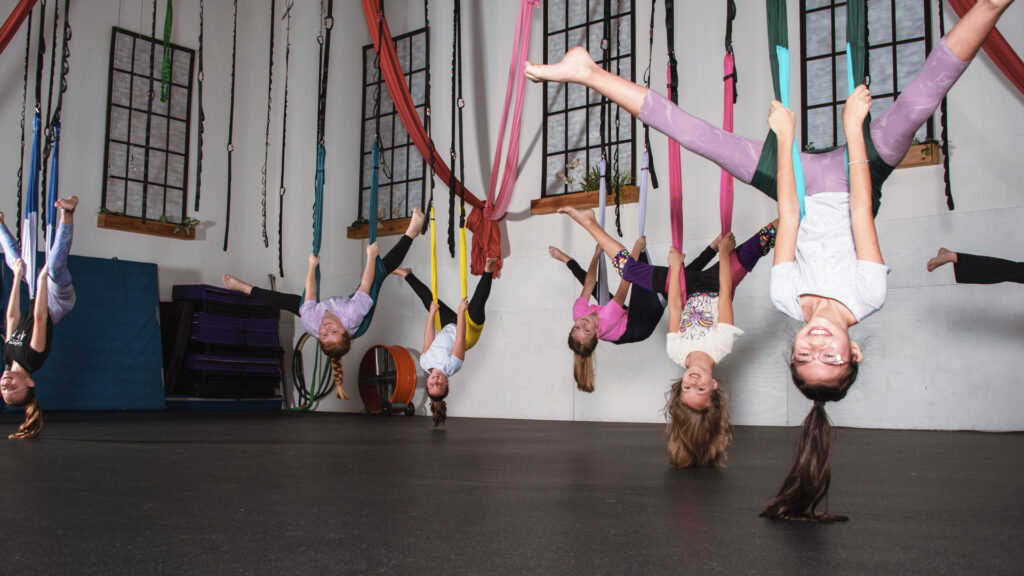
Classes / education are a big part of what you do, can you share a bit about your approach to that across all your offerings?
Education and classes are at the heart of what we do, and our approach is designed to be inclusive, transformative, and adaptable to all levels. Whether someone is new to yoga or circus arts, or looking to deepen their practice, we strive to create an environment where students feel safe, supported, and encouraged to grow. Our program does this in a variety of ways:
Holistic Learning: Integrating mindfulness, mental focus, and creative expression into each class.
Personalized Experience: Recognizing that every student is different, so we tailor our classes to meet varying needs.
Community-Focused: Learning is more enriching when it’s shared. We cultivate a community atmosphere where students support one another.
Emphasis on Playfulness & Creativity: Especially in circus arts, play is an essential part of the learning process. We encourage students to explore, experiment, and embrace their creativity.
Mind-Body Integration: Emphasizing the mind-body connection in all classes, helping students find rhythm, release tension, and build both physical and mental resilience.
Progressive and Adaptive: Both yoga and circus arts can be challenging, so we ensure our curriculum is progressive.
Inspiring Personal Growth: The ultimate goal is to help students grow, both as performers and as individuals. We foster an environment that celebrates progress, however big or small.
In essence, our approach is about creating a nurturing space for learning where students feel challenged, supported, and empowered to be their best selves.
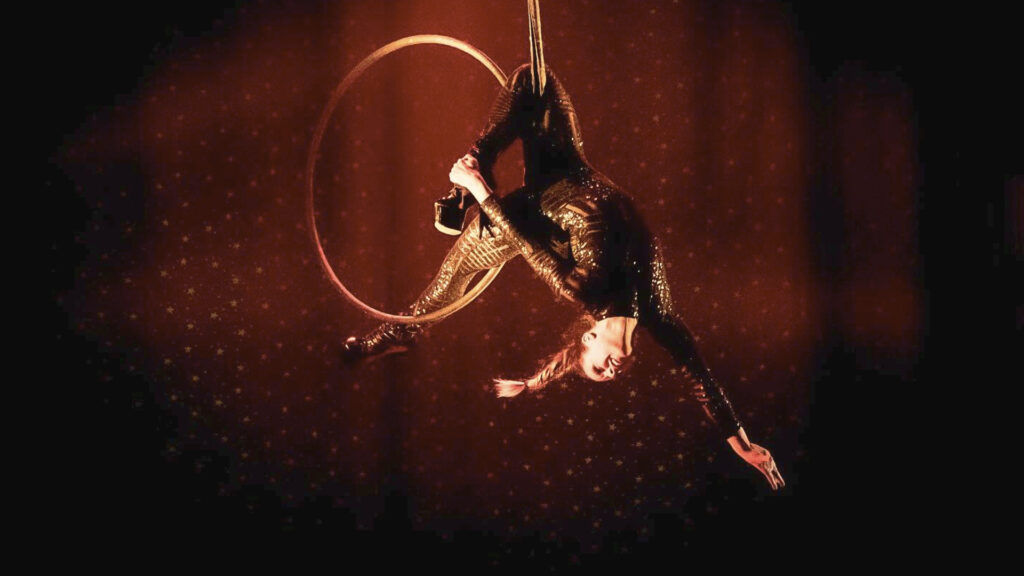
Can you discuss more about your circus arts related classes, what are your goals in this area?
My goal with the circus arts side of the business is Making Circus Accessible. Traditionally, circus arts can feel very intimidating, often requiring a level of strength, flexibility, or skill that may seem out of reach for beginners. Starting with the basics we provide step-by-step guidance, so students don’t feel overwhelmed. Circus arts are about much more than just physical skill—they’re about fostering creativity, building community, and encouraging students to push their own limits. Whether you’re trying a aerial apparatus for the first time, or preparing for your first big gig, the goal is always the same: to have fun, explore, and grow. It’s a place where performance and play intersect, and where students can feel like part of something larger than themselves—whether they’re on the mat or up in the air!
In our studio, students are constantly cheering each other on and celebrating one another’s victories, it so heart warming and definitely what inspires and drives me forward. In such a chaotic world right now, watching adults bond with their peers and work together, brings a sense of community and shared growth, which is really special.
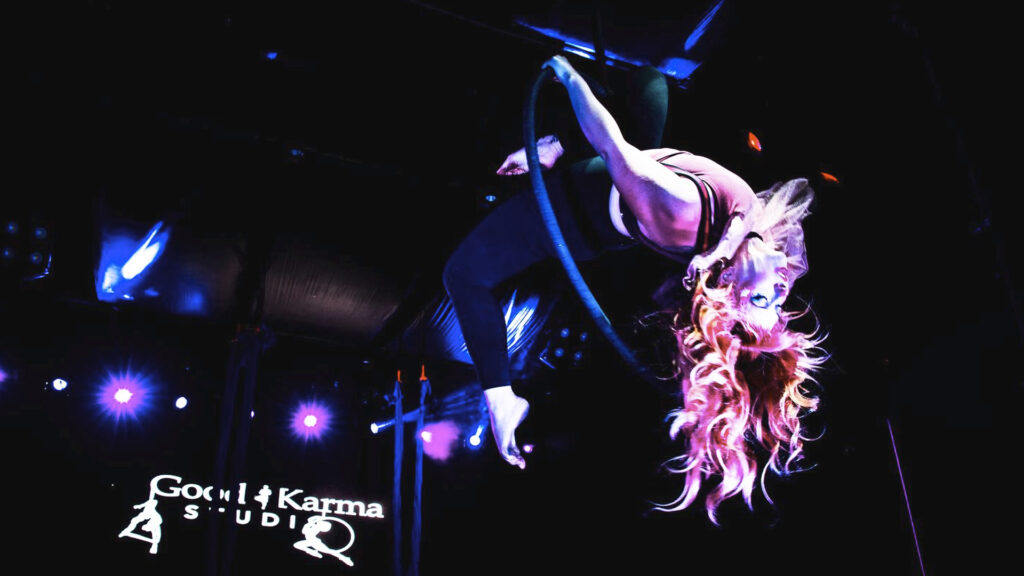
Running a dynamic business can be challenging, what’s a typical day look like for you? Any recommendations to others who are thinking about opening a studio?
Here’s a snapshot of what a typical day might look like: I start with private sessions every morning, followed by morning group classes, This part of the day is energizing and keeps me grounded in the experience of what we offer. Ruben, our studio therapy dog, and I then go for a nice long walk before heading home for my ‘not so favorite‘ administrative work. This might involve updating the website, handling finances, collaborating with my studio manager, planning marketing strategies, and scheduling classes or organizing upcoming events (such as workshops or performances). Depending on the day, I may also be teaching an evening class or hosting a special event. The evenings tend to bring in students who are working professionals – together, we unwind and find balance after a busy day.
As for opening a studio, prioritize self-care: running a business can be overwhelming and burnout is real. Make sure you take time for your own well-being. For me it’s practicing yoga, doing something creative, or simply taking a break. You can’t pour from an empty cup, and your health and energy are vital to the success of your studio and personal well being.
It takes time to build momentum and grow. Be patient with yourself, and don’t get discouraged if things don’t take off immediately. Consistency, dedication, and passion will pay off over time. At the end of the day, running a studio is a labor of love. It’s about creating a space for people to grow, have fun, and experience something truly transformative. When you keep your focus on your mission and the people you serve, the rest will naturally fall into place.
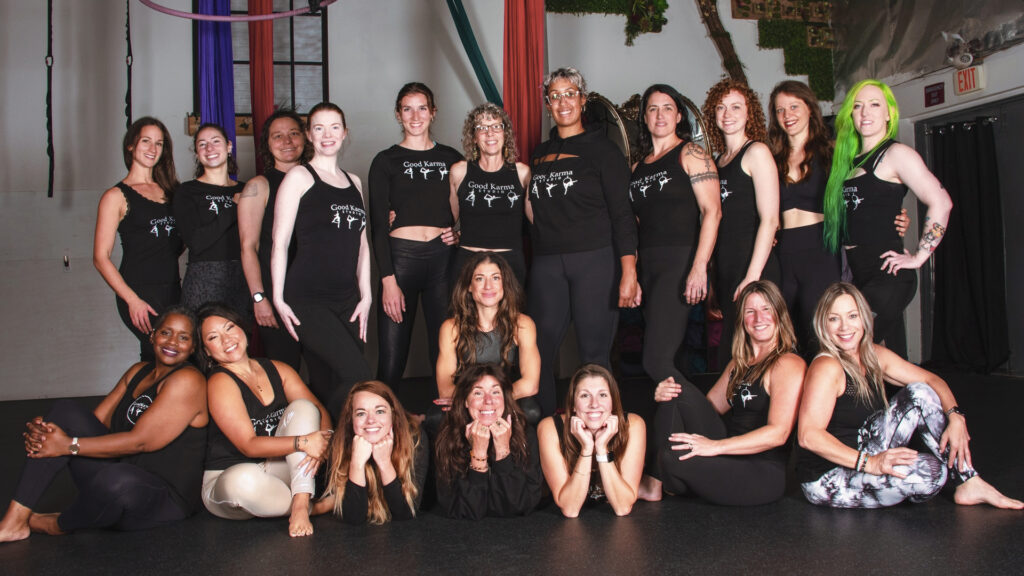
Extra Credit: Anything we should know about that you have coming up or in the pipeline?
Good Karma Studio & Peak Music will be closing out the Albany EGG’s last weekend before renovations on Saturday, June 28th🎉🎉 It will be a GKS student showcase. My performance students have worked so hard, giving them this opportunity, on this type of a stage, feels so rewarding! I can’t wait to share their hard work and dedication with the Capital Region. Come to enjoy the show, let it inspire you to runaway with the circus… or at least to Good Karma Studio for a class!
WEB: www.thegoodkarmastudio.com | IG: @goodkarmastudio
